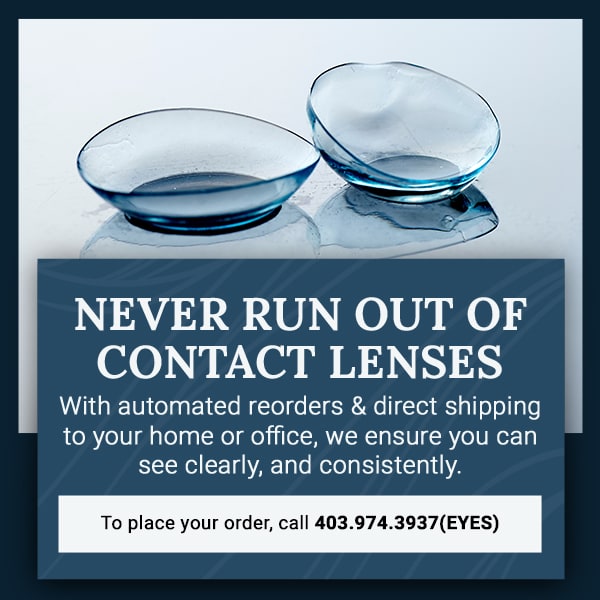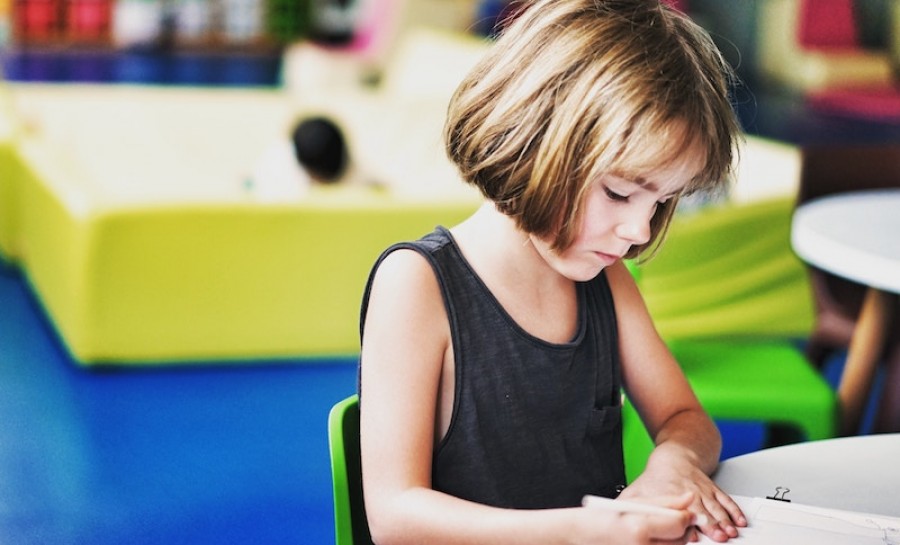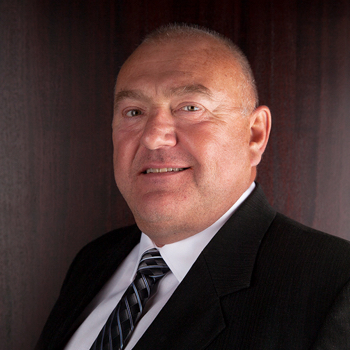You watch your baby’s face when they sleep—the instinctual sucking motion of their mouth, the micro-expressions, and the tiny twitches of their delicate eyelids. But today you notice a bump on their eyelid, almost like a tiny piece of circular debris got caught on the surface of their eye. It appears almost like a pimple on the eyelid and you wonder if it is a result of an insect bite or is it a stye.
A bump on the edge, surface, or interior of the eyelid is generally either a stye or a chalazion. These minor infections can be irritating and uncomfortable. When you notice this infection near your infant’s eyes, you might feel anxious. After all, he or she can’t let you know if the bump becomes painful or if it causes vision changes.
In most cases, these infections resolve within a few weeks. To give you peace of mind, we’ve covered the basics of dealing with your infant’s styes.
How to Identify a Stye
The first signs of stye development are tenderness, swelling, and redness on the eyelid. Because your child can’t let you know he or she’s uncomfortable, the symptoms may cause irritability, trouble sleeping, and increased crying.
After these symptoms appear, a stye develops. This infection usually looks like a small, pimple-like bump on the surface of the eyelid. Sometimes styes appear inside the eyelid. These bumps, known as internal hordeolums, are annoying but don’t usually endanger vision.
Other stye symptoms include:
- Excess tearing or watering
- Frequent eye rubbing
- Light sensitivity
If you do not notice a visible bump, your infant may have another type of infection, such as blepharitis. Most of these infections respond positively to the same treatments as styes.
Do’s and Don’ts of Treating Infants’ Styes
To encourage the healing process, follow these treatment guidelines.
Do’s
- Apply warm compresses. Cover the affected eyelid with a compress for 5 to 10 minutes several times a day. Work slowly and try to keep the compress on the outer surface of the eyelid. If using a washcloth, switch cloths for each new compress.
- Keep the area clean. You can use baby shampoo or gentle antibacterial soap to clean the eyelids.
- Report any sudden changes or prolonged irritation to a medical professional. Styes are typically not serious, but you should report changes (such as those listed in the final section of this blog) to your baby’s optometrist or pediatrician.
Don’ts
- Attempt to “pop” the stye. Most styes rupture and drain on their own. Often this happens when the sufferer is asleep and causes no further discomfort. If you burst a stye on your own, especially an internal hordeolum, you may spread the infection. Non-sterile rupture can cause cellulitis, a serious subcutaneous skin condition that requires treatment with antibiotics.
- Forget to wash your hands. While your infant can contract a stye without outside contamination, styes are contagious. Wash your hands thoroughly before and after attending to your child’s stye. Also clean your child’s bedclothes and any washcloths or towels you use on his or her face.
- Use lotion or other topical treatments on your infant’s face. Even gentle topical ointments can increase irritation associated with styes. Stop using any lotion or cream on your child’s face unless otherwise directed by a doctor.
Signs Your Infant Needs Medical Attention
Most styes rupture and drain on their own in a matter of days. Chalazions may take up to a month but they too usually resolve on their own. However, you should seek immediate medical attention if your child develops any of the following symptoms or conditions:
- Acute pain. While styes may make your infant feel like there’s a foreign object in his or her eye, they should not cause pain. If your child cries persistently and rubs at his or her eyes, it’s time to seek medical attention.
- Changes in eyesight. If your infant’s eyesight changes, you may notice him or her struggling with tasks that require depth perception. For example, seek help if your child no longer responds the same way to games of peek-a-boo unless you get closer to his or her face.
- Discharge. Styes contain pus, just like pimples. However, they should not exhibit any visible discharge. Coloured or clear discharge may indicate a complication with the infection and the need for antibiotic treatment.
- Fever. Your child’s body should be able to fight this minor infection without too much trouble. If, however, he or she develops a fever, it’s a sign your infant’s immune system can’t adequately clear up the infection on its own.
- Prolonged swelling. If your infant’s eyelid remains visibly swollen for more than 24 hours, contact Dr. Bishop & Associates right away. This is a symptom of cellulitis development.
Our eye doctor may prescribe an antibiotic ointment or topical steroid to decrease swelling and speed up the healing process. In some rare cases, persistent styes require lancing and draining with sterile medical equipment.
If you’re concerned about your child’s vision, contact our optometrist or your infant’s pediatrician. For more information about maintaining you and your infant’s eye health, browse our comprehensive range of informative articles.




